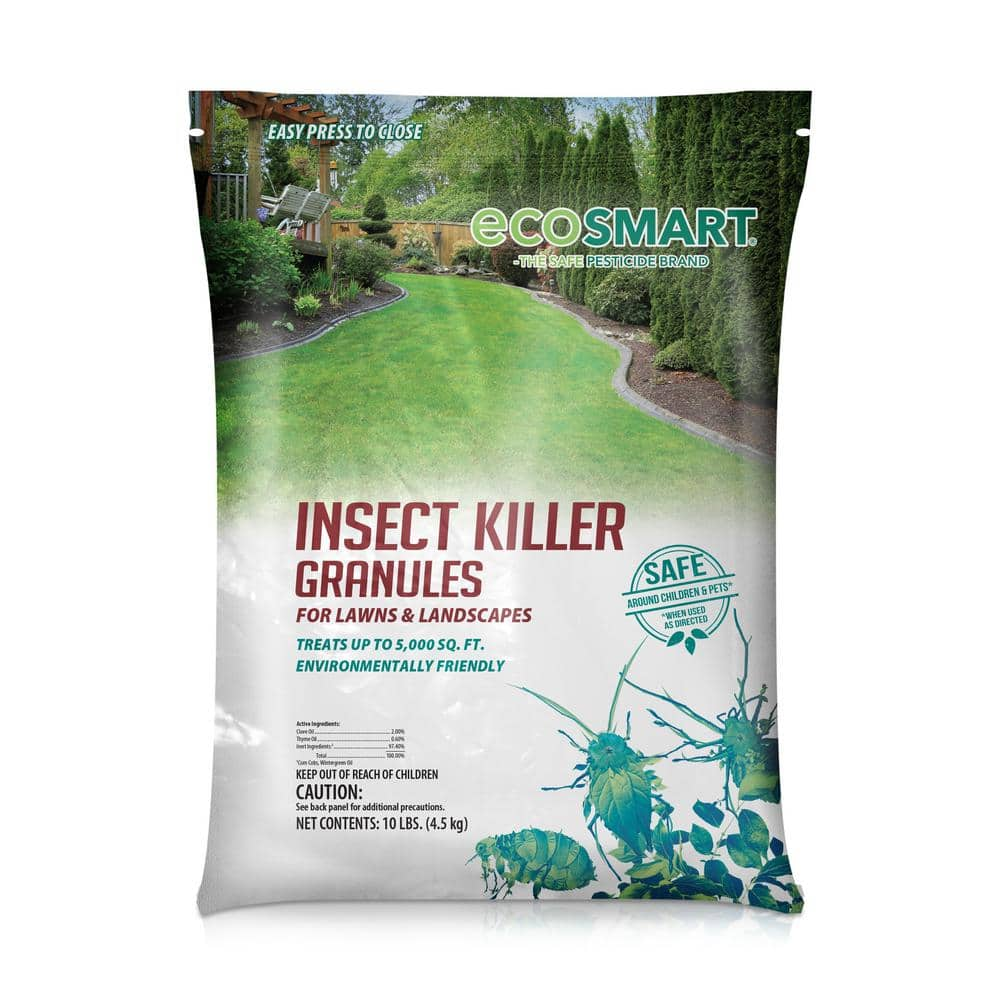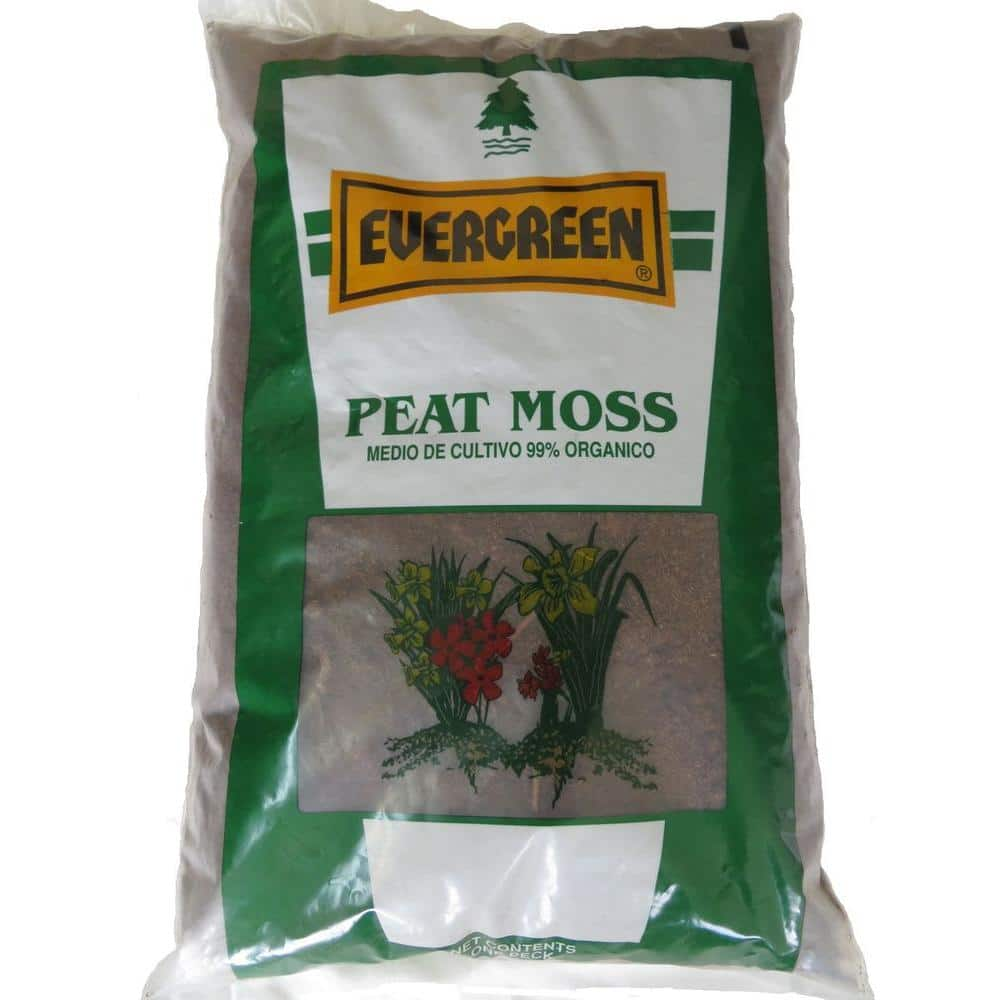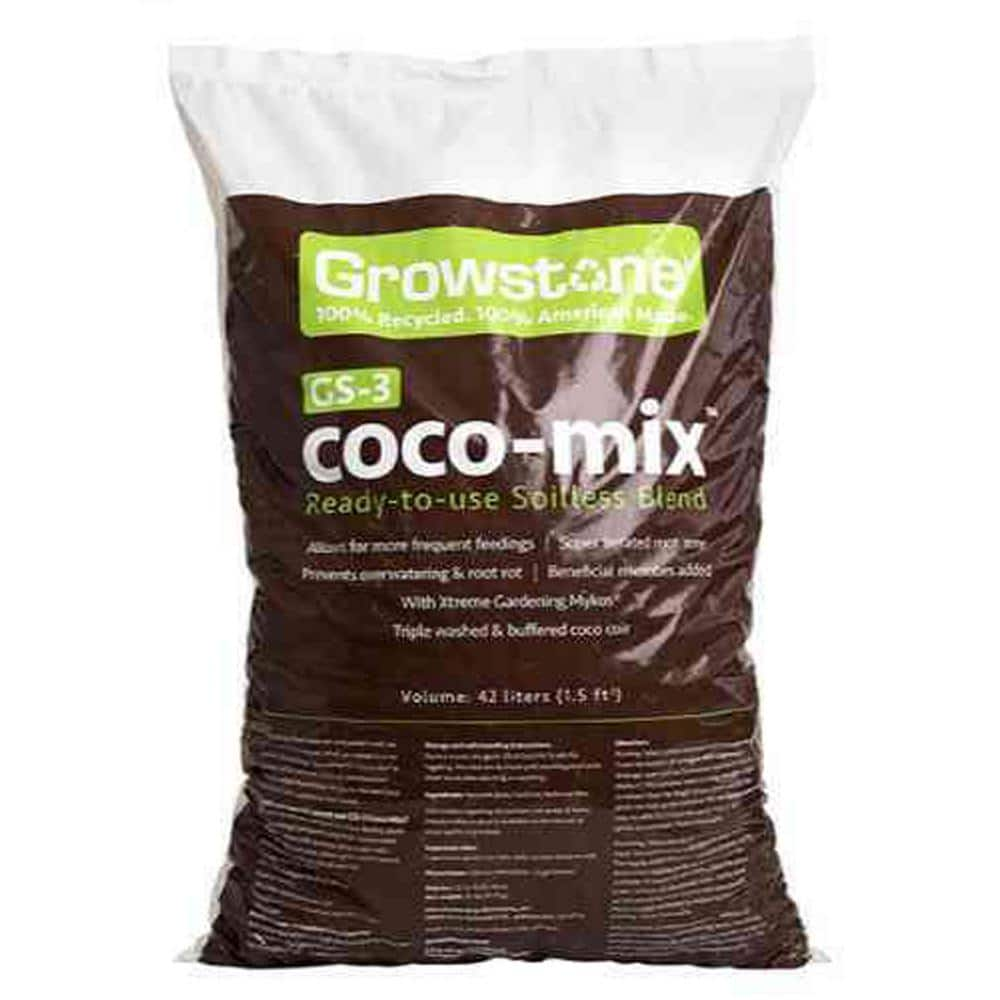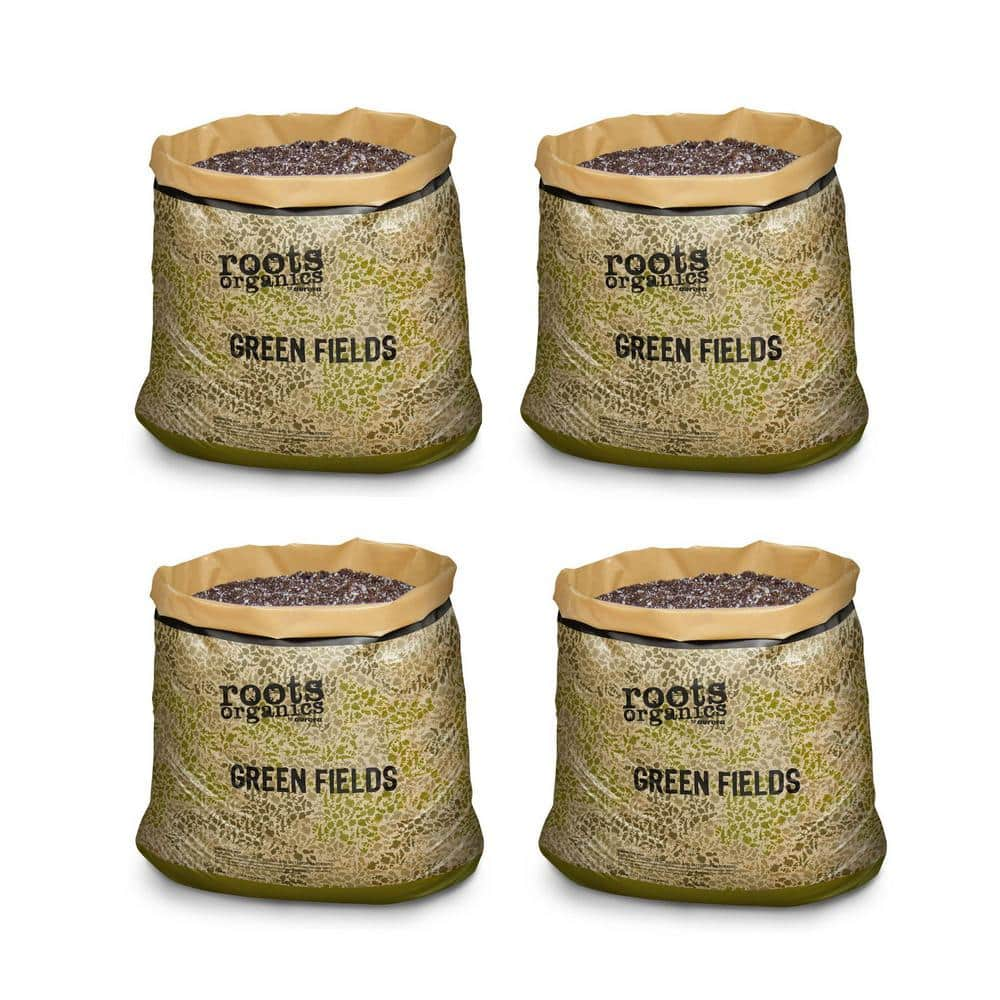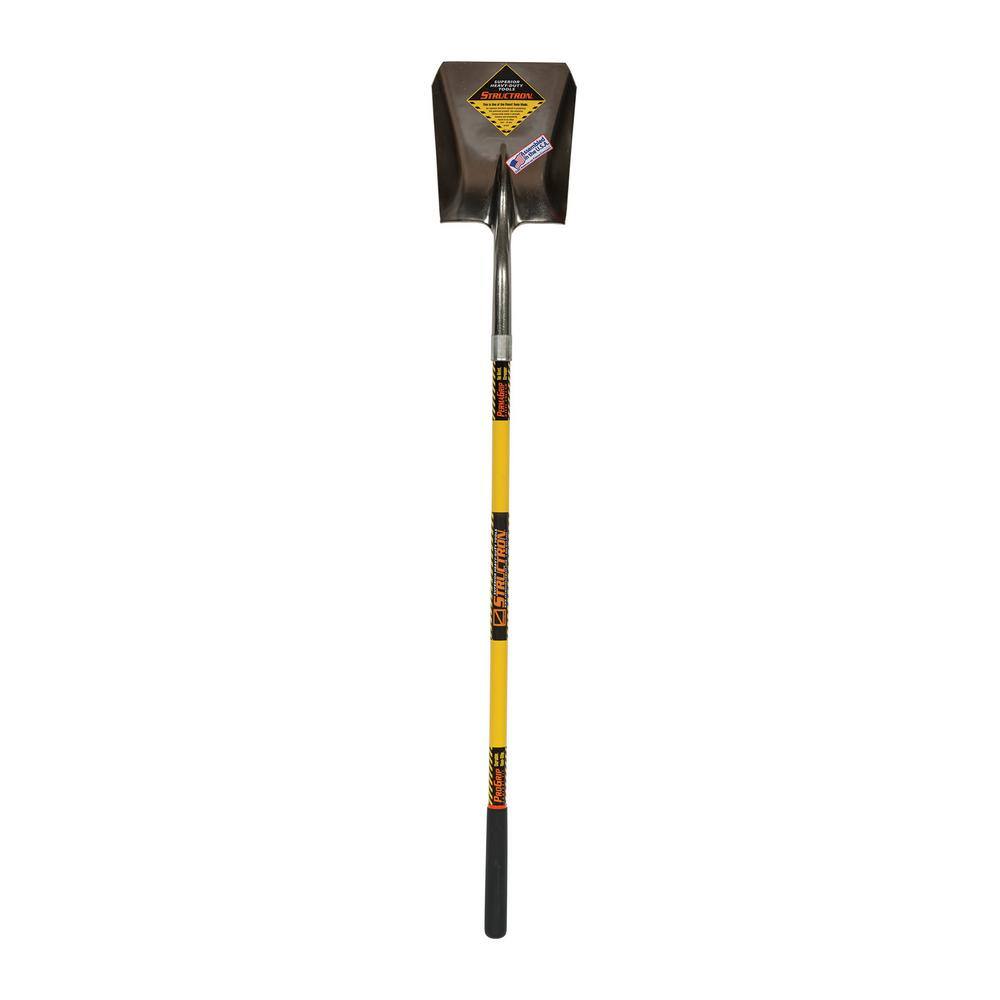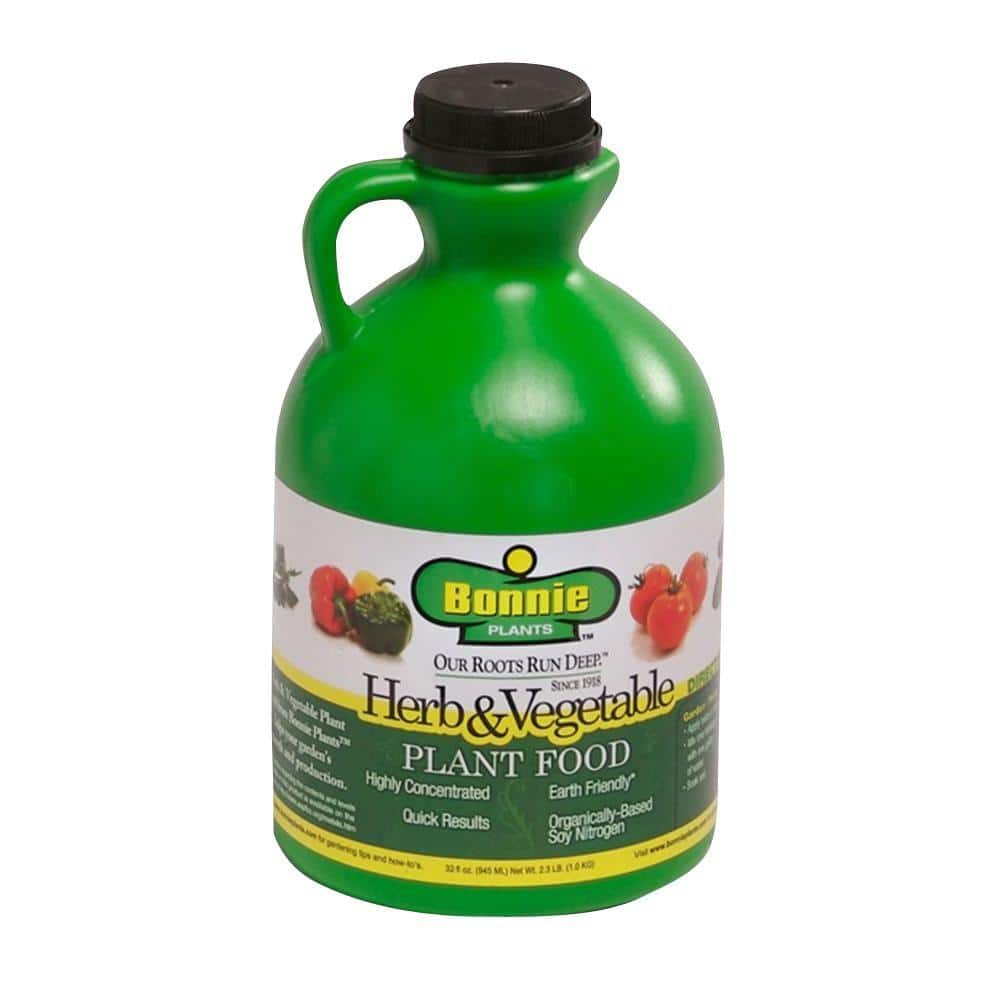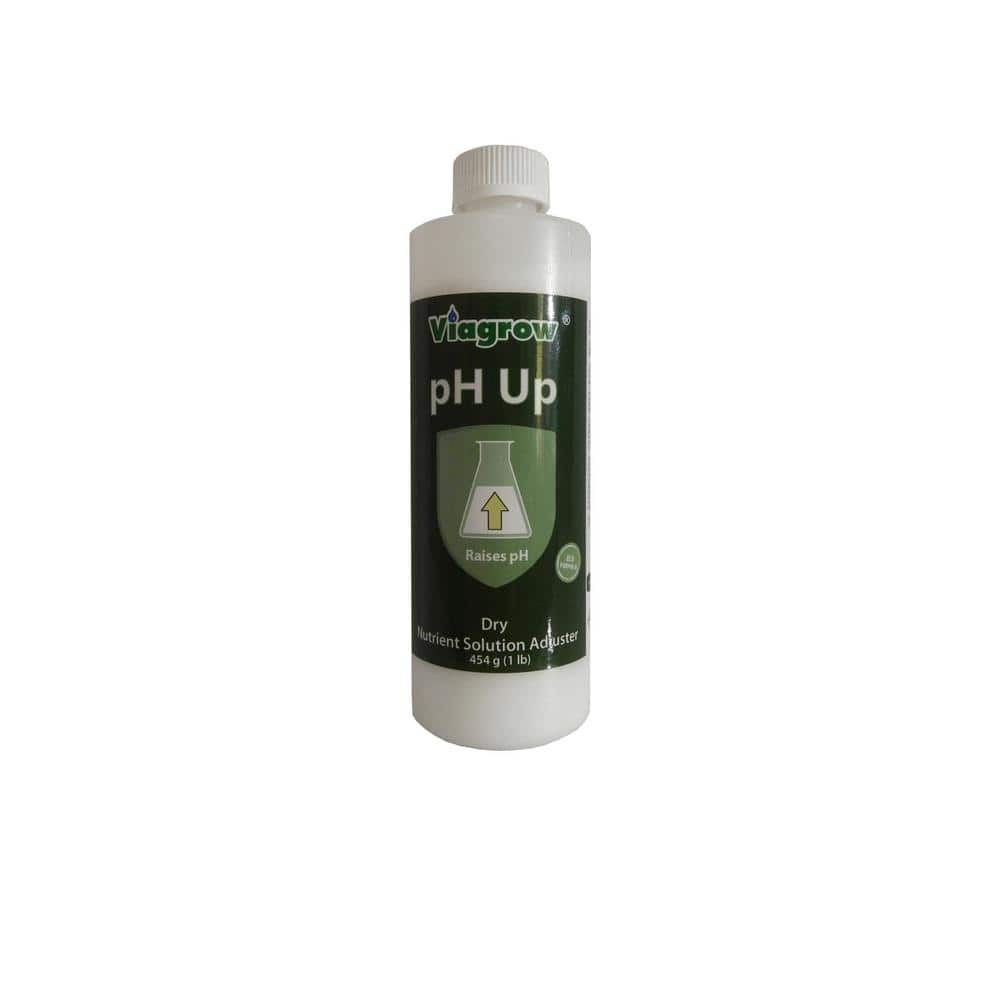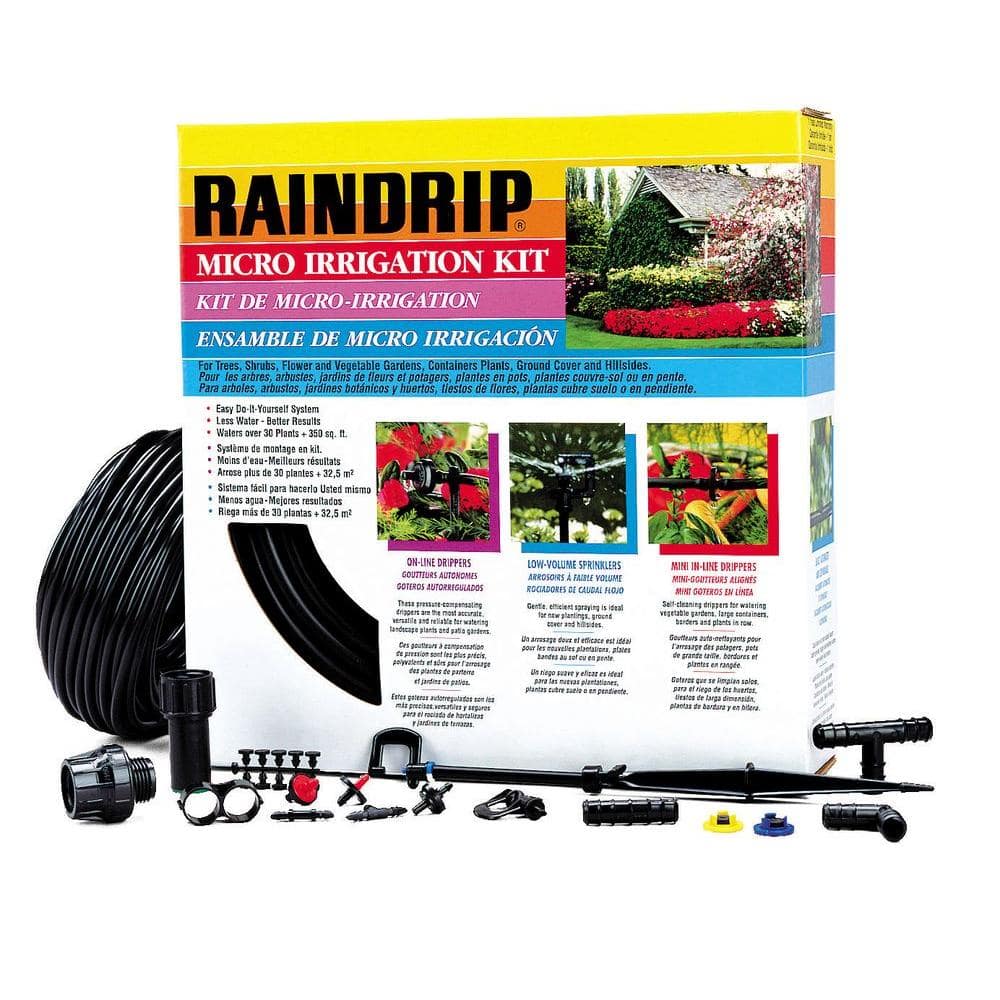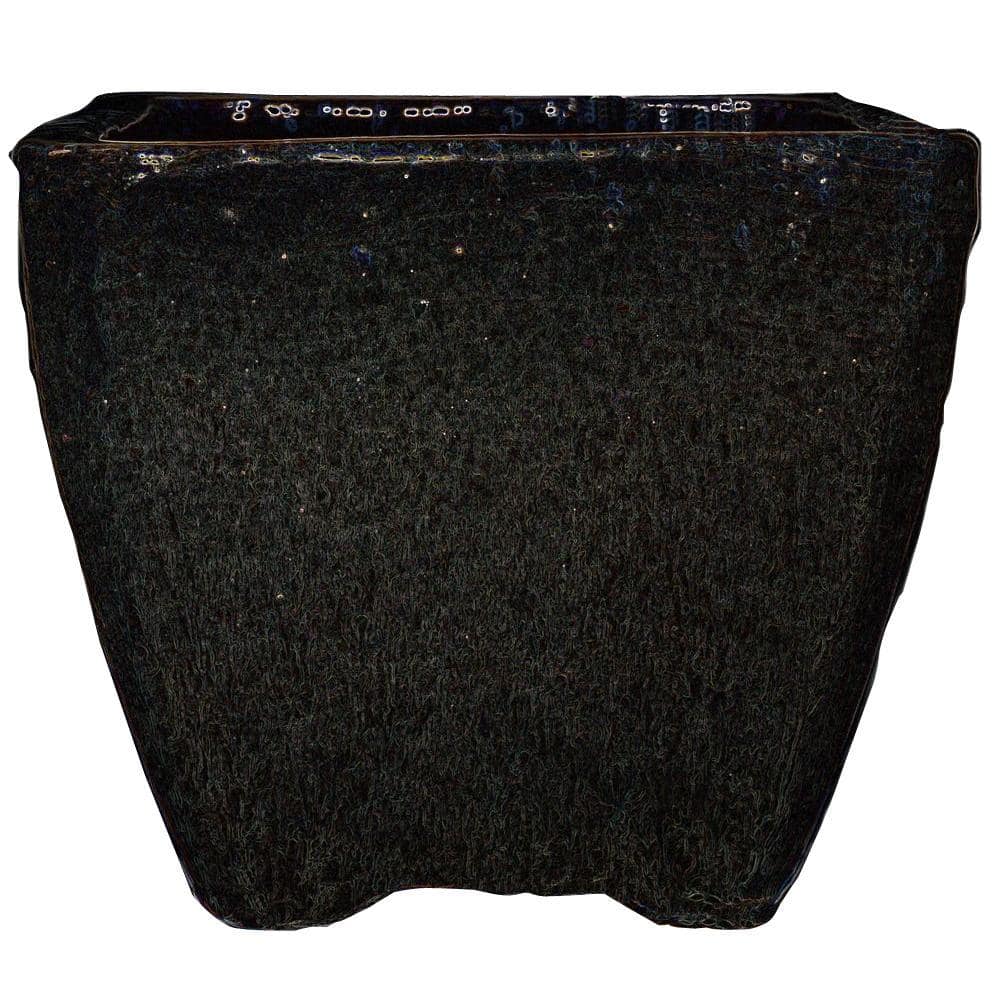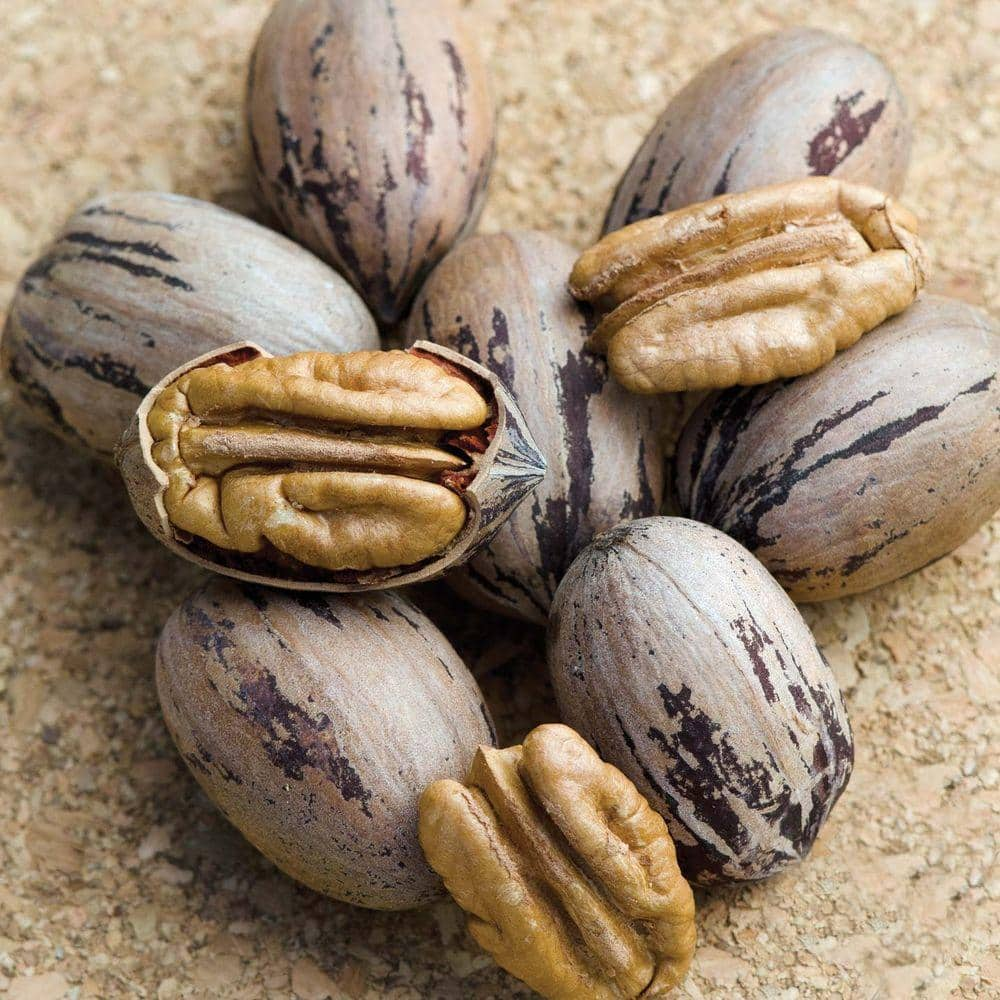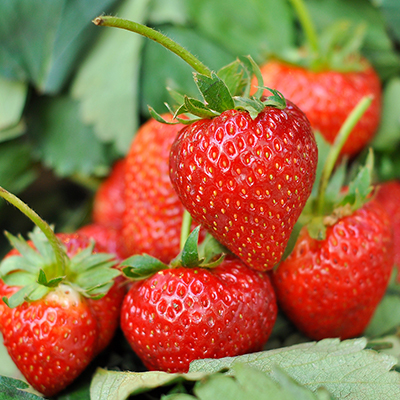Types of Fruit Trees

Last updated March 3, 2025
Grow fruit trees in your yard and savor tasty apples, pears and more for years, even decades. Many trees like peach, cherry and apricot are also long-lived. Citrus trees can survive up to 50 years.
Before you plant a fruit orchard in your yard, research fruit trees suited for your climate and site. You want to plant the right tree in the right place for the best harvest.
Fruit trees are an investment in the future. Most will take 3 to 5 years to begin producing fruit. Citrus and figs produce faster, in 1 to 2 years. In this guide, you’ll learn about the types of fruit trees for your landscape.
Table of Contents
Tips for Selecting Fruit Trees
Apple Trees
Fig Trees
Nashi (Asian Pear) Trees
Pawpaw Trees
Pear Trees
Tips for Selecting Fruit Trees

Experts say to start by selecting the fruit that you like to eat. Fruit trees can be abundant producers. Pick the fruit you love and be prepared to share the harvest.
Next, know your hardiness zone and the number of chill hours needed. Chill hours are the amount of time the fruit is in temperatures from 32 to 45 degrees Fahrenheit. Chill hours are important for the tree to break dormancy and set buds that grow into fruit. Fruit tree descriptions include chill hours info. Your local Cooperative Extension Service can advise on chill hours and fruit trees suited to your region.
More tips for choosing fruit trees:
- Fruit trees like full sun and well-draining, loamy soil. Amend soil with organic compost and finish with mulch after planting.
- Fruit trees need plenty of room to grow. Standard fruit trees can grow 25 to 30 feet high. Follow your tree's planting info for spacing and mature size.
- Fruit trees need a lot of care, like pruning and spraying. Some need netting to keep birds from the fruit. Keep in mind that smaller trees that need less pruning will be easier to maintain.
- Look for self-pollinating varieties if you're interested in planting just a few trees. Read labels to find out if you’ll need a cross-pollinator.
Types of fruit trees:
Pome fruits are members of the plant family rosacaea, sub-family pomoideae. These fruits have a core of several small seeds surrounded by a tough membrane. The membrane is an edible layer of flesh.
Pome trees are deciduous, meaning they drop leaves in fall. They flower in spring and bear fruit in summer. Harvest usually begins in late summer to early fall.
Pomes:
- Apple
- Fig
- Nashi (Asian pear)
- Paw Paw
- Pear (pyrus)
- Quince
Stone fruits have a single large seed in the center, surrounded by flesh. They're also called drupes.
Stone fruits:
- Apricot
- Avocado
- Cherry
- Mango
- Olive
- Peach
There are berries that grow on trees. Two examples are persimmons and pomegranates. Nut trees like pecans, walnuts and almonds are also considered fruit trees. Read on to learn more about fruit trees.
Apple Trees

Apples are a favorite fruit for both adults and kids. They are sweet, healthy and fun to eat. Apple trees grow throughout the country. They grow best in climates where it's cold in winter and moderate in summer. They need medium to high humidity. Apple trees can tolerate winter temperatures as low as -40 degrees Fahrenheit.
Purchase apple trees bare root, balled-and-burlap, or in containers. Be sure to check whether the variety you choose is self-pollinating. Trees that are not self-pollinating require nearby apple trees for an improved harvest. Most apple varieties need 500 to 1,000 chill hours. Read more about growing apples.
Fig Trees

Figs are easy to grow in warm climates with hot, dry summers and cool, wet winters. Fig trees thrive in zones 7 to 9. Brown Turkey fig is the most popular variety in the Southeast. Black Mission is popular in western states. Purchase your fig tree locally to be sure it's suited for your area.
Most fig varieties are self-pollinating, so you’ll get fruit with just one tree. Plant more than one tree for a more productive harvest.
Nashi (Asian Pear) Trees

Asian pears are robust fruits with a crispy, juicy texture. Many Asian pear trees are self-fertile, but with cross-pollination, will produce better crops. Some European pear trees are compatible pollenizers for Asian pears.
Asian pear trees like full sun sites with well-draining, slightly acidic soil. Before planting, get a soil test to determine the best amendments for your soil. Your local Cooperative Extension Service is a good source for soil tests. Asian pear trees are hardy in zones 5 to 9.
Pawpaw Trees

Pawpaw is a native North American fruit that tastes like a combination of banana, mango and citrus. It's also a deer resistant plant choice in your home landscape.
Pawpaw thrives in zones 5 to 9. You’ll need two plants to pollinate and produce fruit. Mature size for most pawpaw trees is 15 to 20 feet high and 20 feet wide.
Pear Trees

While growing pears isn’t difficult, most fruit trees need three years or more to produce fruit. Pear trees can take five to seven years to bear a full crop. Once they get going, pear trees can live for 75 years or more and produce heavily.
Most pear trees are not self-fertile, which means you’ll need at least two cultivars if you want fruit.
Like many fruit-bearing trees, pears need pruning in order to produce more fruit. You can prune up to 20 percent of old growth on the tree each year. Learn more about how to grow pear trees.
Apricot Trees

Apricots are tasty fruits prized for their sweet-tart flavor and juicy texture. Apricot is a good choice for a home orchard because the fruit has a short season. Tender, fresh apricots can be difficult to find in grocery stores.
California is home to the U.S. apricot industry. Its climate has the right mix of cool winter weather and moderate summer temperatures. Apricots are self-pollinating trees. In the Garden Center and online, look for Blenheim apricot trees. They bloom later, making them a good choice for areas with late spring frosts.
Avocado Trees

Luscious avocados are native to Mexico and Central America. They grow in the U.S., too, in southern coastal regions and the deep half of the South. Avocados are low-maintenance, fast-growing trees. They produce abundant fruit in hardiness zones 8 to 11.
You can root an avocado seed indoors and enjoy an avocado "houseplant." It will be pretty, but unlikely to produce fruit. The best and fastest way to ensure a harvest is to plant a tree outdoors.
If you’re growing an avocado tree at home, be sure to pick the right kind for the most fruit. Avocado flowers go through both male and female pollination phases at different times. Varieties are classified as “A” or “B.”
- Flowers on “A” types start out as females on the first morning they open. They close later and re-open as males the next afternoon.
- “B” types have flowers that start out as females on the first afternoon they bloom. They close later and reopen as males the next morning.
- For the biggest fruit yield, choose a mix of “A” and “B” trees. Plant a single variety if there are neighboring trees of a compatible variety.
Learn more about how to grow avocados.
Cherry Trees

Cherry trees are as beloved for their flowers as their fruit. Lovely ornamental cherry trees like “Yoshino,” are glorious in spring, but they're not grown for fruit. If you want sweet, sour and tart cherry fruit, plant cherry tree varieties like “Lapins” and the popular “Bing.”
Like apricot and peach trees, cherries like cool breezes. Try an elevated site where cool night air can flow through. Know your date of last frost in spring when choosing cherry tree varieties. A late freeze can ruin your cherry harvest for the season.
Mango Trees

Tropical mangoes are stone fruit, along with apricots, peaches and plums. Mangoes have a long flat seed in the center that clings to the fleshy fruit.
In the Garden Center and online, look for self-pollinating Glenn mango trees. This cold tolerant variety grows outdoors in zones 9 to 11. Grow small mango trees indoors in colder zones. Just plant in containers that you move between patio and indoor rooms when the seasons change.
Tip: Mangoes grow best in well-draining soil. Use a product labeled for cacti, citrus and palms.
Peach and Nectarine Trees

Peaches and nectarines are classic backyard fruit trees. Peaches are either clingstone or freestone. Clingstone is just like it sounds – the fruit flesh clings to the pit. Freestone, on the other hand, allows the fruit to cut free from the stone. Clingstone varieties mature first in late spring, followed by freestone varieties.
Nectarines are similar to peaches, without the characteristic fuzzy skin. In the Garden Center and online, look for late-blooming varieties and disease resistance.
Peach trees are susceptible to many pests and diseases. They are often sprayed to protect the harvest. They’re prone to damage from late freezes as well. Still, if you have the right site and get a break on the weather, growing sweet homemade peaches is probably worth it.
Plant peaches on a full sun site with a slight rise. This allows cool air to flow down and away from tender buds, protecting the harvest from late freeze damage. Regular pruning, fertilizing and watering keeps peach trees in shape. Healthy trees resist pests and diseases.
Tip: Like many types of fruit trees, make sure you're purchasing a fruit-bearing peach tree and not an ornamental flowering peach tree.
Persimmon Trees

Persimmons are tomato-shaped fruits that grow on trees. Japanese varieties come in astringent and non-astringent cultivars. Astringent varieties are distasteful unless fully ripe, when they become almost gelatinous. Non-astringent varieties are eaten fully ripe, like an apple.
Look for Fuyu type persimmon trees for your home garden. They thrive in zones 7 to 9 and produce fruit in October.
Pomegranate Trees

Plant a pomegranate tree for good looks in your landscape. And bonus, you'll get tasty pomegranate fruits, too.
Pomegranates like lots of sun. More sun equals more fruit. Pomegranate trees tolerate poor soil, but they do need good drainage. Amend clay soils with organic compost when planting.
Pomegranate trees can be espaliered (trained on a trellis) against a wall. When fruits emerge, thin to a single fruit every six inches. This protects the tree's limbs from breaking from the heavy fruit.
Pomegranates thrive in zones 8 to 10. They need about three years to get established before setting fruit.
Almond Trees

Nuts are in fact fruits. Nuts are dry, single seeded fruits with high oil content, enclosed in a hard shell. You may think that almonds are nuts, but they're drupes, like peaches and other stone fruit.
Like other stone fruit trees, almonds can be ornamental or fruit-bearing. Both need dry, hot summers like their native Mediterranean climate. In the Garden Center, look for fruit-bearing almond tree varieties like Hall's Hardy and All-in-1. They're cold tolerant to zone 5 and are self-pollinating.
Hazelnut Trees

Hazelnuts, or filberts, are true nuts. They grow in the Pacific Northwest, a climate with the frost protection and humidity hazelnut trees need to thrive.
Hazelnut trees are shrub size, about 10 to 15 feet tall when mature. Their bronze-colored fall foliage is attractive in the home landscape. Hazelnut trees grow in zones 5 to 8. You'll need at least two plants of different varieties for a hazelnut crop.
Pecan Trees

Grow pecan trees for their flavorful fruit and ornamental value. These majestic trees can grow 70 feet tall or more. You'll need extra room to grow pecan trees.
Pecans are native to the southeastern United States, and that's where they grow best, in zones 6 to 9.
Pay attention to the type of pecan trees that you select. Pecans need cross-pollination to bear fruit, so you'll need more than one type of tree. Pecans are Type-1 or Type-2 pollinators based on how they produce pollen. Consult product descriptions for compatible pecan trees to plant.
Walnut Trees

Walnut trees are part of the same family as hickory and pecan trees. These majestic trees (up to 75 feet tall when mature) can produce up to 30 bushels of walnuts. Look for varieties like black walnut and butternut.
Like pecan trees, walnuts need cross-pollination in order to bear fruit. You'll need to plant more than one variety in your landscape. Plant walnut trees 30 to 40 feet apart. Give walnut trees extra water during dry spells. Walnut trees grow in zones 4 to 8.
Tip: Walnut trees produce juglone, a chemical that can affect other plants. You may notice that some plants under walnut trees do not thrive. This is likely due to juglone exposure. Pecans and hickories also have juglone, but not as much as black walnut trees.
Grapefruit Trees

Grapefruit is one of the most cold-hardy citrus trees. Still, trees need protection when temperatures plunge to 27 degrees Fahrenheit. Like most other citrus trees, they grow best in zones 9 to 11.
Kumquat Trees

Kumquats are small, football-shaped fruits. They're about an inch long and grow on trees that are perfect for patios. Kumquats are the only citrus fruit that you can eat peel and all. They're tart and tasty.
Kumquat trees are cold hardy citrus. They can tolerate temperatures as low as 20 degrees Fahrenheit. Plant kumquat trees outdoors in zones 8 to 11. In all other areas, they can grow indoors.
Lemon, Meyer Lemon and Lime Trees

Lemon, Meyer lemon and lime trees grow outdoors in zones 10 and 11. They're grown indoors in the rest of the country. In the Garden Center and online, look for self-pollinating dwarf specimens.
Place citrus trees in a sunny window or a warm greenhouse. Use grow lights to give them enough sunlight to make fruit.
Meyer lemons are a cross between a mandarin and a citron. They have a mellow flavor that's not as acidic as a lemon. Learn how to grow a lemon tree indoors.
Orange Trees

Orange trees grow in hardiness zones 9 to 11. In colder zones, grow dwarf or semi-dwarf varieties in containers.
Fertilize citrus trees in early spring. Stop in midsummer to allow your tree to prepare for winter. Look for a fertilizer labeled for citrus.
Whether you need the right tools, plants or garden soil, The Home Depot delivers online orders when and where you need them.
